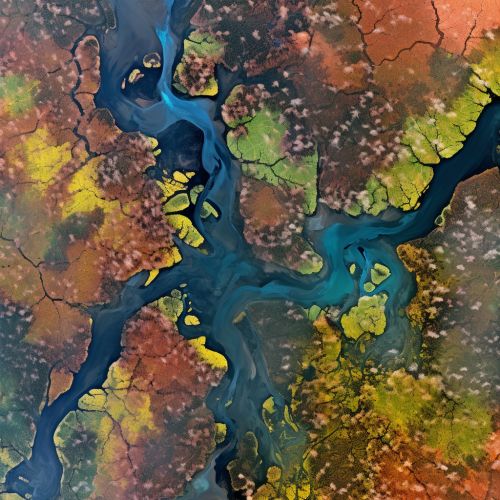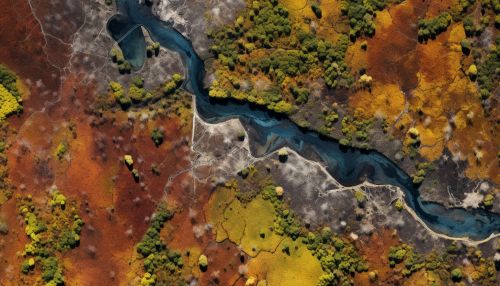The Role of Geoinformatics in Predicting Landslide Risk
Introduction
Geoinformatics, a discipline that combines geosciences and computer science, plays a crucial role in predicting landslide risk. By using technologies such as Geographic Information Systems (GIS) and remote sensing, geoinformatics provides a scientific approach to landslide hazard assessment and risk management. This article delves into the intricacies of how geoinformatics aids in landslide prediction, the methodologies used, and its significance in disaster management.


Geoinformatics and Landslide Risk Prediction
Geoinformatics uses spatial data and information systems to analyze and interpret geographical phenomena. In the context of landslide risk prediction, geoinformatics utilizes various tools and techniques to gather and analyze data related to the physical characteristics of a region, such as slope, soil type, vegetation cover, and rainfall patterns. This data is then used to create models that predict the likelihood of landslides occurring.


Geographic Information Systems (GIS)
A key tool in geoinformatics, Geographic Information Systems (GIS) are used to store, manage, and analyze spatial data. GIS allows for the integration of different types of data (e.g., topographic, geological, meteorological) into a single system, facilitating comprehensive analysis. In landslide risk prediction, GIS is used to create susceptibility maps that identify areas at risk of landslides based on various factors such as slope, aspect, soil type, and land use.
Remote Sensing
Remote sensing is another essential tool in geoinformatics. It involves the use of satellite or aircraft-based sensor technologies to detect and classify objects on Earth. In landslide risk prediction, remote sensing is used to gather data on the physical characteristics of a region, such as vegetation cover, soil moisture, and surface deformation. This data is then analyzed using GIS to identify areas at risk of landslides.


Methodologies in Landslide Risk Prediction
Various methodologies are employed in geoinformatics to predict landslide risk. These methodologies involve the collection and analysis of spatial data, the creation of susceptibility maps, and the use of predictive models.
Data Collection and Analysis
The first step in landslide risk prediction is the collection of spatial data. This data is gathered through field surveys, remote sensing, and the use of existing databases. Once collected, the data is analyzed using GIS to identify the physical characteristics of a region that may contribute to landslide occurrence.
Creation of Susceptibility Maps
Susceptibility maps are a key output of landslide risk prediction. These maps identify areas at risk of landslides based on the analysis of spatial data. The creation of susceptibility maps involves the use of GIS to integrate and analyze different types of data (e.g., topographic, geological, meteorological), and the application of statistical or deterministic models to predict the likelihood of landslide occurrence.
Predictive Models
Predictive models are used to forecast the likelihood of landslide occurrence based on the analysis of spatial data. These models can be statistical, deterministic, or a combination of both. Statistical models use historical landslide data and environmental factors to predict the probability of future landslides. Deterministic models, on the other hand, use physical laws to predict landslide occurrence based on factors such as slope stability and soil saturation.


Significance of Geoinformatics in Disaster Management
The use of geoinformatics in landslide risk prediction has significant implications for disaster management. By identifying areas at risk of landslides, geoinformatics allows for the implementation of preventative measures and the development of effective response strategies. Moreover, the use of geoinformatics in landslide risk prediction contributes to the broader field of disaster risk reduction, promoting a proactive rather than reactive approach to disaster management.


Conclusion
Geoinformatics plays a pivotal role in predicting landslide risk. Through the use of tools such as GIS and remote sensing, and methodologies involving data collection and analysis, susceptibility mapping, and predictive modeling, geoinformatics provides a scientific approach to landslide hazard assessment and risk management. Its significance in disaster management underscores the importance of this discipline in promoting a proactive approach to disaster risk reduction.
